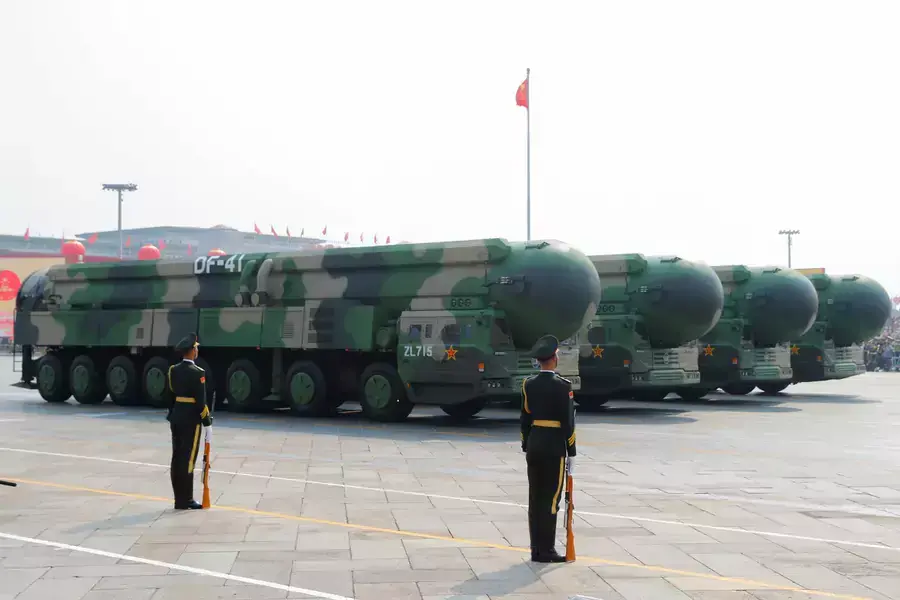The President’s Inbox Recap: China’s Nuclear Forces

This week, The President’s Inbox replayed Jim’s conversation back in February with Fiona Cunningham, assistant professor of political science at the University of Pennsylvania. They discussed China’s growing nuclear arsenal.
China’s Nuclear Forces, With Fiona S. Cunningham
Fiona S. Cunningham, assistant professor of political science at the University of Pennsylvania, sits down with James M. Lindsay to discuss China’s expanding nuclear weapons program and the likelihood of an arms race with the United States.
Here are three highlights from the conversation:
1.) China is building up its nuclear arsenal. China long maintained a minimum deterrent strategy. Whereas the Soviet Union and the United States accumulated tens of thousands of warheads during the Cold War, China built only a few hundred. Beijing was content to have just enough weapons to deter other powers. Just as important, China kept its warheads separate from their delivery systems during peacetime, a situation known as de-mating. Fiona explained, “The warheads are sitting in a depot under a mountain in the center of China, and they may be many hundreds of kilometers away from where their delivery systems happen to be.” A small force of de-mated nuclear weapons made China’s strategic nuclear deterrent relatively unthreatening. But China now looks to be set on catching up to Russia and the United States, which both have more than 5,400 strategic nuclear warheads. (Russia and the United States each deploy only about 1,700 of those warheads.) The Pentagon projects that China is on course to have a strategic nuclear arsenal with as many as 1,500 warheads by 2035.
More on:
2.) Experts debate why China has decided to abandon minimum deterrence. Fiona says that China may believe that it needs a larger nuclear force to deter the United States, especially in light of the deteriorating U.S.-China relations. China may also believe it can now afford to run a potential arms race with the United States. Or China may simply see matching the Russian and U.S. arsenals as essential to staking their claim as a global superpower.
3.) China’s hypersonic missile technology poses a challenge for the United States. China looks to be investing heavily in hypersonic missiles, which fly different trajectories than traditional ballistic missiles and can potentially defeat missile defenses. News that China tested a hypersonic missile in July 2021 that circled the globe before landing near its target surprised Western defense experts. As Fiona explained it, the Chinese test “was a technological feat that my understanding is the U.S. was not aware that China was up to at that point in time.” The United States is developing its own hypersonic missiles. It is unclear, however, how it compares to Chinese technology.
An episode of CFR’s Why It Matters explores the “new nuclear age” and the comeback of nuclear weapons.
More on:
 Online Store
Online Store